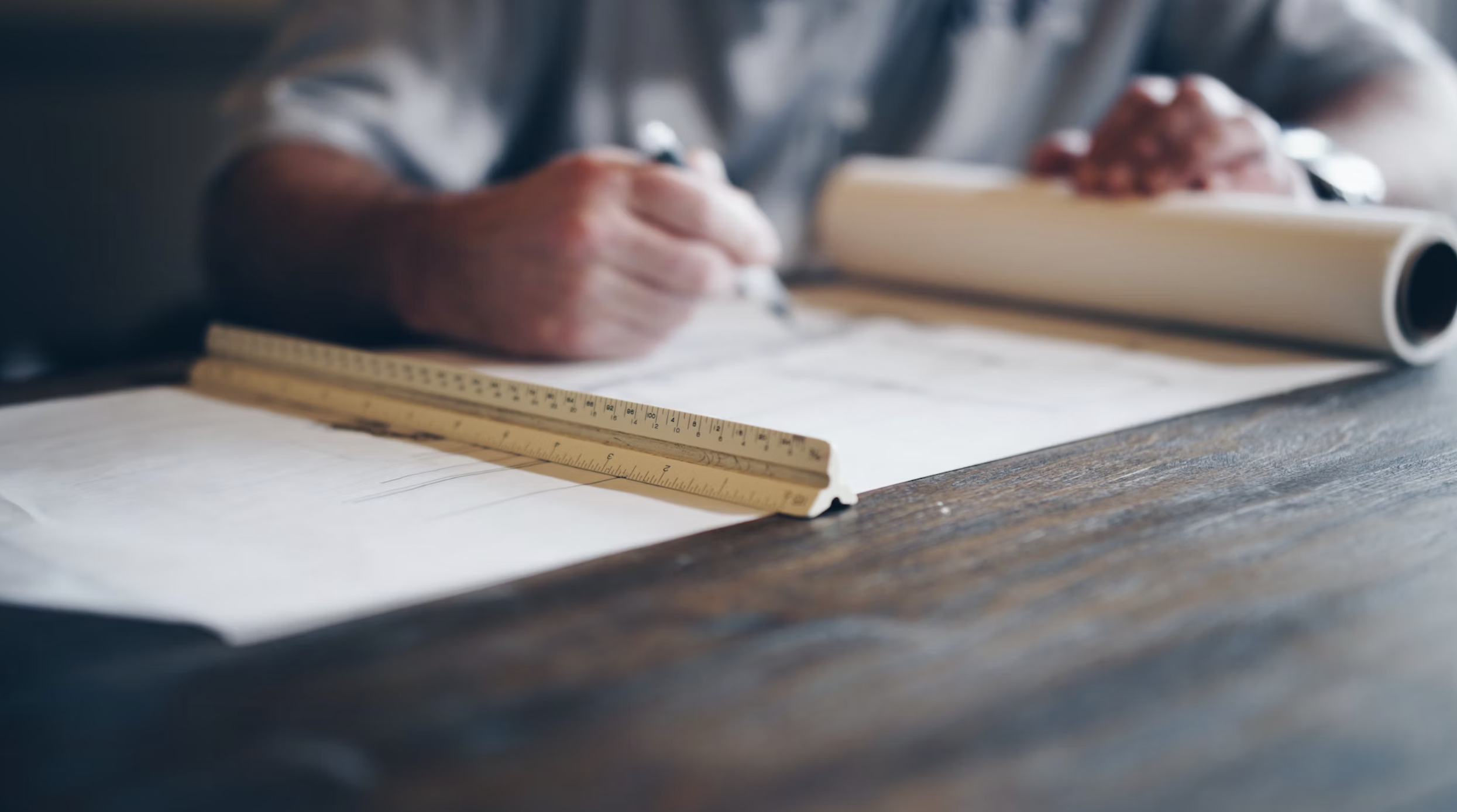There’s no shortage of precision machine shops that will build a part to print without giving it a second thought. Don’t get us wrong; there’s something to be said for nailing all the specifications on a blueprint. But in many cases, simply adhering to a part’s specifications can lead to significant fit, form, and functionality problems. This is especially true when manufacturing parts destined for an assembly.
A Blueprint Doesn’t Always Tell the Complete Story
We’ve encountered numerous aerospace machining projects where a part’s blueprint doesn’t tell the complete story, though one recent assembly project comes to mind.
The customer contacted our AS9100 machine shop for a 3” diameter rotary shaft with a keyway cut and a separate ring that fits over the shaft and locks in via keystock. Their print indicated that we should purchase an off-the-shelf shaft with the keyway already cut into it; we would only need to perform some minor machining.
The problem was that the tolerances on the customer’s blueprint were tighter than those on the off-the-shelf shaft. If we were to follow their blueprint’s specifications, we would’ve had to make each of the units a perfect match fit consisting of a shaft, keystock, and ring that would only fit with each other. Not exactly ideal for a 70-unit assembly!
Upfront communication is critical in aerospace machining, so we contacted the customer immediately with our concerns and proposed an alternative solution. Instead of building the parts to print, we would build them with the bigger picture in mind.
We explained that in veering from the blueprint, we could guarantee that any of the rings fit with any of the shafts and lock in place with any of the keystocks. And we were right. We machined the parts and performed comprehensive test fits for verification before shipping the parts off to our happy customer.
When in Doubt, Talk to Your Aerospace Machining Partner
With that particular project, we could easily identify the problems presented by the blueprint because we were making all the parts for the assembly and knew what the customer expected from the final assembly. But that’s not always possible if, say, a customer sources an assembly’s parts from different shops. Or even if they source the parts from the same shop but fail to provide context on how the parts must fit together.
That’s why we like to tell customers: when designing an assembly, bring your aerospace machining partner into the conversation as early as possible. Tell them about your assembly and how the parts must interact with one another. Don’t wait for them to waste a few days trying to figure out a solution to a problem they’ve identified in your blueprint.
A good AS9100 machine shop can offer valuable advice to ensure your assembly fits and functions as intended. In many cases, our recommendations involve loosening tolerances depicted as unnecessarily tight on the blueprint. And because every decimal place adds a zero to the price, these recommendations can save you substantial money.
If possible, work with the same aerospace machining partner for all the parts in an assembly. When a shop has an opportunity to take a high-level, big-picture approach to your assembly project, you’ll ultimately benefit from a smoother process and better results. At Focused on Machining, we can even build your assembly and ship it to you ready to go.
If you have an assembly project on the horizon, we want to hear about it! Request a quote and tell us you’d like our support in finalizing the blueprint for your assembly.

